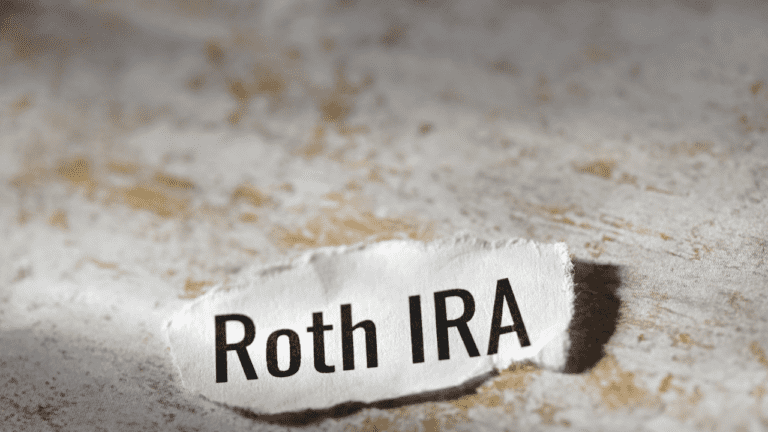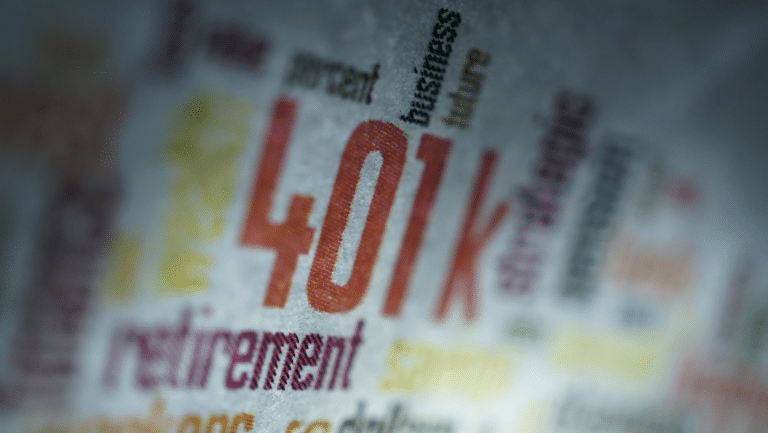Saving for Retirement Without an Employer-Sponsored Plan
Saving for retirement without access to an employer-sponsored plan, such as a 401(k), may not be a known option for individuals, but there are plenty of ways to build your retirement savings if this applies to you. Whether you’re self-employed, a freelancer, or work for a company that doesn’t offer retirement benefits, you can still…









